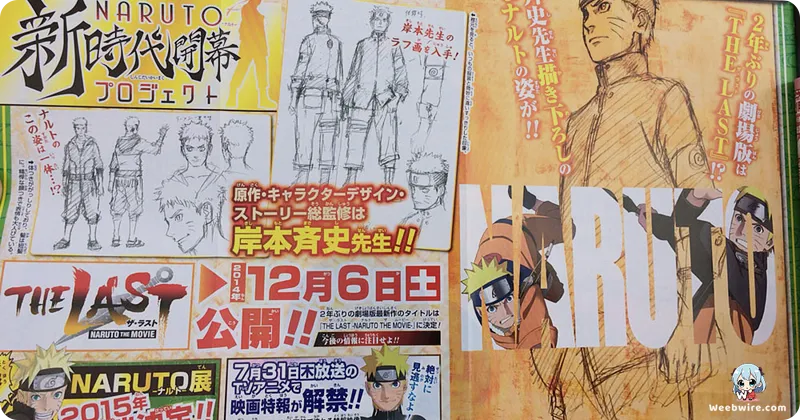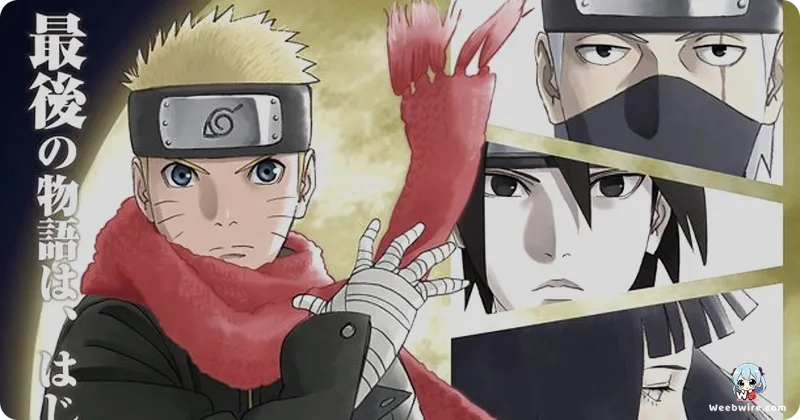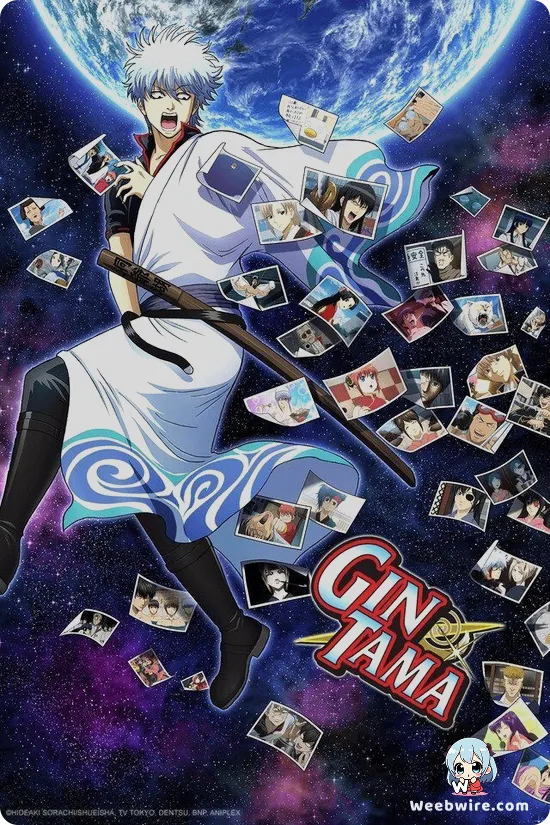The Last: Naruto the Movie - A Canonical Leap Forwards, Unveiling Naruto and Hinata's Enduring Love Story

The Last: Naruto the Movie stands as a monumental and pivotal entry in the iconic Naruto franchise. It transcended the typical cinematic release to serve as a crucial canonical bridge between the manga's epic conclusion and the dawn of a new generation. Unveiled in December 2014 and brought to life by the renowned Studio Pierrot, this film offered devoted fans an eagerly awaited glimpse into the world two years after the tumultuous Fourth Great Ninja War. More significantly, it meticulously chronicled the blossoming, profound romantic relationship between the titular hero, Naruto Uzumaki, and the steadfast Hinata Hyuga.
A Canonical Chapter Crafted by Kishimoto
Unlike its predecessors, which often explored standalone, non-canonical narratives, The Last was meticulously supervised by none other than series creator Masashi Kishimoto himself. Kishimoto personally crafted the film's overarching story and redesigned its beloved characters, firmly cementing its integral place within the sprawling Naruto saga. His direct, hands-on involvement is a testament to the movie's essential status, elevating it from a mere spin-off to an indispensable chapter in the franchise's rich history.
The Heart of the Story: Naruto and Hinata's Romance
One of the film's most celebrated and surprising aspects was its unwavering dedication to the romantic evolution of Naruto and Hinata. While Hinata's deep affections for Naruto had been subtly hinted at since the earliest days of the series, their relationship had largely remained in the narrative's periphery. The Last boldly brings this dynamic to the forefront, allocating substantial screen time to their heartfelt emotional journey. Kishimoto himself expressed a profound desire to explore this pairing, revealing in interviews his intent to delve into the romantic facets he felt constrained from fully developing within the manga's action-packed main storyline. The instantly recognizable red scarf, a central motif throughout the film, beautifully symbolizes their intertwined destinies and Hinata's enduring, long-standing affection, serving as a powerful visual metaphor for their unbreakable bond. This narrative decision was a courageous move, deeply satisfying a vast segment of the fanbase who had passionately championed the couple, while simultaneously providing a definitive and heartwarming closure to Naruto's personal journey beyond his heroic ninja aspirations.

Expanding the Lore: Toneri Otsutsuki and a New Threat
Beyond the tender romance, The Last also significantly expanded the rich Naruto lore. It introduced Toneri Otsutsuki, a formidable descendant of Hamura Otsutsuki, thereby adding an entirely new dimension to the Otsutsuki clan's intricate history and their profound connection to both Earth and its moon. Toneri's apocalyptic scheme to obliterate Earth by crashing the moon into it, driven by his conviction that humanity had misused chakra, presented a grand, existential threat that pushed Naruto to unprecedented heights of power and unwavering resolve. The awe-inspiring visual spectacle of the moon's gradual descent towards Earth, unleashing widespread panic and destruction, stood as a powerful testament to Studio Pierrot's animation prowess, delivering some of the most breathtaking sequences in the franchise's cinematic legacy.
Evolving Designs: A Mature Look for Beloved Characters
The film's character design overhaul was another noteworthy element. Set two years after the Fourth Great Ninja War, the movie showcased a slightly older, more mature cast. Naruto, in particular, sported a fresh haircut and a more refined appearance, reflecting his profound growth not merely in strength but in emotional maturity. Hinata's design similarly evolved, radiating her inherent beauty and formidable strength as a kunoichi. These character redesigns were directly overseen by Masashi Kishimoto, who meticulously supervised every detail to ensure they authentically mirrored the characters' progression. This meticulous attention to detail underscored Kishimoto's unwavering commitment to making The Last a true continuation of his original vision, rather than a mere tangential story. Fans universally embraced these subtle yet impactful changes, viewing them as a natural and fitting evolution for characters they had followed devotedly for over a decade.
Behind the Scenes: Studio Pierrot's Dedication
The production of The Last also offers fascinating insights. The dedicated animation team at Studio Pierrot reportedly faced immense pressure to deliver a film that could meet the exceedingly high expectations set by the manga's groundbreaking conclusion. The intricately choreographed fight sequences, especially Naruto's climactic confrontation with Toneri, demanded a significant investment of effort and creative direction. The harmonious blend of traditional 2D animation with subtle CGI elements crafted a visually stunning experience that reverently maintained the series' signature style while boldly pushing its artistic boundaries. Behind-the-scenes accounts reveal that the animators worked tirelessly to convey the profound emotional weight of Naruto and Hinata's interactions, understanding that the film's ultimate success hinged on the audience's deep investment in their developing relationship. The poignant scene where Naruto finally comprehends Hinata's long-held feelings, powerfully depicted through a touching flashback montage, is frequently lauded as a masterclass in animated storytelling, effectively encapsulating years of unspoken emotions.
A Bridge to the Future: Setting the Stage for Boruto
Furthermore, The Last served as a crucial and strategic bridge to the subsequent Boruto: Naruto Next Generations era. By definitively establishing Naruto and Hinata's relationship and showcasing their eventual marriage and the birth of their children, the film meticulously laid the foundational groundwork for the next generation of ninja. It was Kishimoto's deliberate method of providing a proper, heartfelt send-off to the original cast while simultaneously artfully setting the stage for the future. This strategic placement within the broader Naruto timeline renders it an indispensable viewing experience for anyone following the comprehensive narrative. Its unique role as a canonical epilogue, rather than a standalone movie, is what truly distinguishes it from all its predecessors. The film's overwhelming critical and commercial success further validated Kishimoto's visionary decision to pivot towards the romantic aspect and expand the lore, unequivocally proving that fans were more than ready for this bold new direction. It powerfully demonstrated that the emotional core of the series was just as vital and compelling as its adrenaline-fueled battles. The profound exploration of enduring themes like destiny, unwavering love, and the preservation of global peace, all exquisitely packaged in a visually spectacular cinematic experience, guaranteed its lasting and indelible impact on the Naruto legacy. The film's deeply moving conclusion, depicting the happy family life of Naruto and Hinata, provided a heartwarming sense of closure that countless fans had yearned for, triumphantly completing a remarkable journey that began with an orphaned boy's dream of becoming the revered Hokage.
Credits
The Last: Naruto the Movie
Author
Masashi Kishimoto
Cover Art
Masashi Kishimoto
Studio
Studio Pierrot
Publisher
Shueisha
Producers





